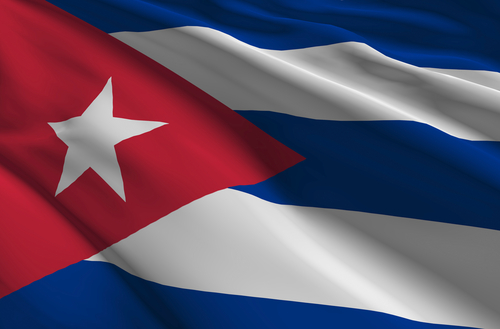Intro to Daily Reports
In the first half of the previous century, tourism grew for Cuba. Pan Am followed by Delta Airlines made transportation easier. The West Indies Fruit and Steamship Company refurbished two of their largest passenger ferries so they could transport automobiles. Tourists could take their cars from Miami to Havana and started the fascination with American cars in Cuba, which continues today.
About 170,000 authorized US travelers went to Cuba in 2014, according to the US Department of Commerce, more than twice the number of visitors in 2011.
Now, in 2015, I am one of those “authorized” travelers, and I spent much time in preparation for this policy trip. Not only did I read the travel guides, but also everything from Havana Nocturne by T.J. English, which tells how the mob owned Cuba and then left it to the revolution, to Fidel Castro’s History will Absolve Me, the philosophical blueprint for the Cuban Revolution. This is the title (and last line) of a four-hour speech made by Fidel Castro on October 16, 1953. Castro made the speech in his own defense in court against the charges brought against him after leading an unsuccessful attack. Castro wrote the words and publication later in what was to become the manifesto of his revolutionary organization which overthrew Batista in 1959. Further, I read Bacardi and the Long Fight for Cuba by Tom Gjelten, which describes the growth of the famous rum family and eventual departure from Cuba to Puerto Rico, and Dreaming in Cuban, a novel of magical realism by Cristina Garcia. Courtesy of Netflix, I have seen the 4 hour documentaries Che and Our man in Havana, based on the novel by Graham Greene, and the story of Reinaldo Arenas the Cuban poet and counter revolutionary in the movie Before Night Falls with Javier Bardem, based on his autobiography. And, for a better understanding of the amazing music of Cuba, I have watched the documentary the Buena Vista Social Club and listened to the great music of Celia Cruz, the Salsa Queen.
 It is of interest to note that in October 1960 the Gaceta Oficial de la Republica de Cuba announced the confiscation of the 165 US enterprises including franchises of Texaco, Goodyear, Kodak, and General Motors. The Castro government confiscated all the holdings on the island, the United Fruit Company, the foreign owned sugar mills, the substantial US mining corporations, and all the holdings of the Havana Mob.
It is of interest to note that in October 1960 the Gaceta Oficial de la Republica de Cuba announced the confiscation of the 165 US enterprises including franchises of Texaco, Goodyear, Kodak, and General Motors. The Castro government confiscated all the holdings on the island, the United Fruit Company, the foreign owned sugar mills, the substantial US mining corporations, and all the holdings of the Havana Mob.
Representing the California Chamber of Commerce, there is now an interest in unleashing the power of free enterprise to improve the lives of Cubans. This would also allow US citizens and companies to support the growth of private enterprise in Cuba.
(Please note, as you read the Day by Day report, this is not meant to be a piece of great literary work, as in Hemingway, but rather simply my notes taken on my ipad and sometimes notes copied during a bumpy bus ride). I also would like to acknowledge my assistant, Mary Douglass who researched many of the sites and found related photos and links.
